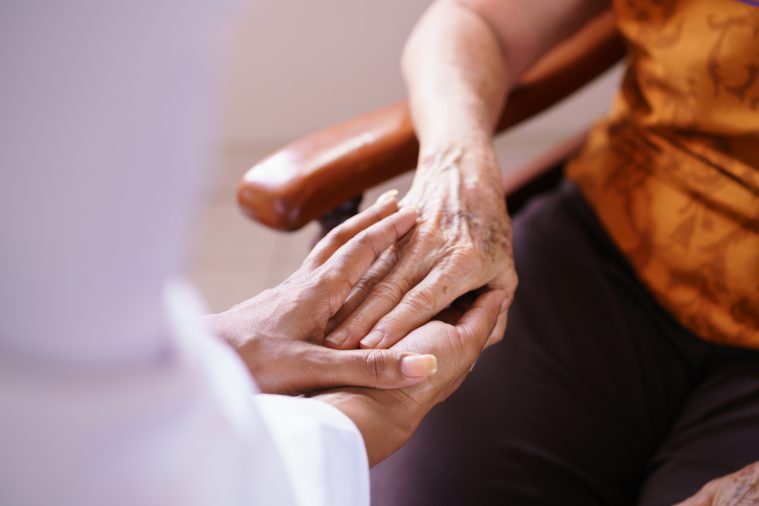 The module has been introduced to improve behavioural sciences, medical ethics and communication skills among doctors. (Representational Image)
The module has been introduced to improve behavioural sciences, medical ethics and communication skills among doctors. (Representational Image)
In an attempt to nurture empathy among future doctors, KEM Hospital and Seth GS Medical College have become one of the first in the state to initiate sessions under humanities courses in the MBBS curriculum where workshops, literature, music and art would be woven into studies.
“Having empathy towards patients in public hospitals is a big issue,” said Dr Avinash Supe, the dean at GS Seth Medical College and also the chairman of reconciliation board for the Medical Council of India (MCI). In 2015-16, Supe was part of a committee that drafted the Attitude and Communication (ATCOM) module. This year, the MCI notified all medical colleges to introduce ATCOM as part of the MBBS curriculum from 2017-18.
The module has been introduced to improve behavioural sciences, medical ethics and communication skills among doctors. “Around 15,000-20,000 doctors have been trained under the module to teach,” Supe said.
But much before ATCOM was introduced, Seth GS Medical college took a big step forward. Under the Maharashtra University of Health Sciences, a bioethics module was framed, realising the instances of assaults on doctors and growing mistrust among patients. KEM hospital became the first to implement it.
According to the head of the humanities department, Dr Lopa Mehta, the humanities sessions began three years ago to introduce an element of sympathy among medical students. On October 16, inside an auditorium full of students, gynaecologist Dr Shirish Sheth explained how a delivery must be conducted with a humane touch. In government hospitals, where the patient load is heavy, pregnant women do not get enough counselling during their first delivery.
In a recent workshop, Gadchiroli-based Dr Abhay Bang visited the students to discuss why he chose to return from abroad to serve tribals, and what challenges he faced while bringing neonatal mortality down.
“Arts can also teach us to observe well. Bookish knowledge does not always help,” says Mehreen Mer, a third-year MBBS student, who claims she has experienced subtle changes in how she approaches patients after attending the workshops. “When we notice patients crying and keep a hand on their shoulder, it helps a lot,” says Mer.
According to the Indian Journal of Public Ethics 2016, paper on the Attitude and Communication module in the medical curriculum, India has a doctor: population ratio of 1:1,700 as opposed to a global average of 1.5:1,000. With the doctor:patient ratio skewed in government hospitals, MBBS students in medical colleges can help bridge the communication gap. An MBBS student is supposed to spend two to three hours in wards from the second year, as part of clinical exposure. “While a doctor may not have time to communicate about what the illness or prognosis is, medical students have time to talk to patients,” Mer says.
Mehta said: “It is too soon to witness any change. But the first batch of students who attended humanities sessions will graduate next year. I have seen an overall growth in students, they have become more sensitive.”
Students feel better communication will also help decrease assaults on doctors.
Pranav Surase, second-year MBBS student, said they visited a slum as part of the sessions to understand the health conditions of the residents. “In our next session, we plan to invite psychoanalysts,” he said.